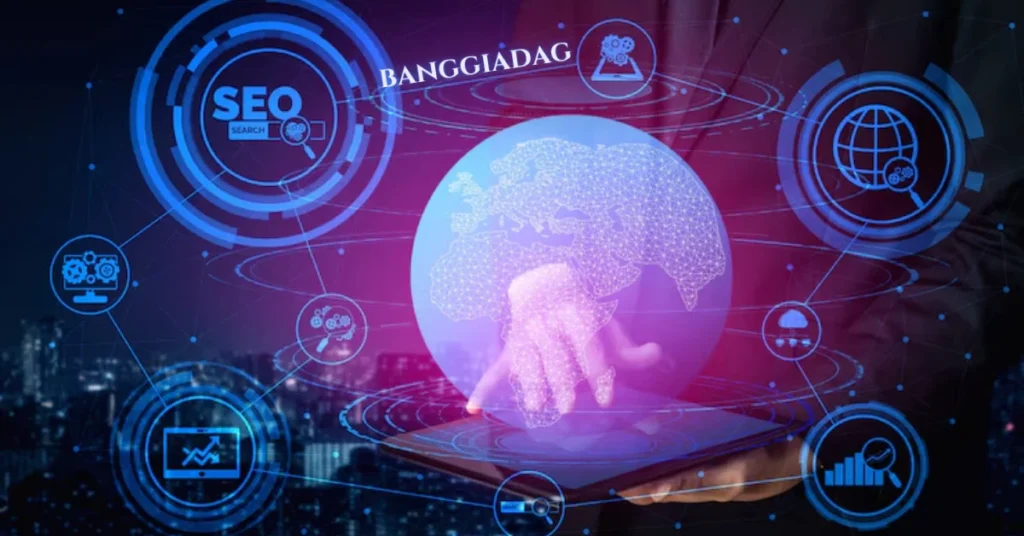Introduction to Banggiadag
Imagine a celebration so rich in heritage that every movement, every word, and every note echoes generations of stories. That’s Banggiadag—a deeply rooted cultural phenomenon that’s more than just a ritual or event. It’s a living, breathing symbol of identity, resilience, and connection.
But what exactly is Banggiadag, and why is it resurging in popularity? Let’s unravel this beautiful tapestry of tradition.
What is Banggiadag?
Banggiadag is a traditional communal ritual or celebration, often observed by indigenous or rural communities, centered around storytelling, dance, and collective memory. Though its exact origins may vary regionally, it serves a universal role—connecting people with their land, history, and each other.
Why Is It Gaining Attention Today?
As globalization races forward, communities worldwide are looking backward—to their roots. Banggiadag is gaining renewed attention for its role in preserving indigenous knowledge, empowering marginalized voices, and offering a soulful counter-narrative to modern alienation.
YOU MUST READ: Crypto30x.com Gigachad: Meme Meets Market Power
Historical Background of Banggiadag
Origins of the Term “Banggiadag”
Linguistically, the term “Banggiadag” may be derived from ancestral dialects symbolizing “gathering,” “echo,” or “call of the spirits.” It once marked seasonal transitions, tribal ceremonies, or peace gatherings among clans.
Evolution of the Tradition Over Time
Influence of Ancient Rituals
Banggidag likely originated from pre-colonial rituals that honored deities, ancestors, or natural elements like rain, fire, and earth.
Colonial and Post-Colonial Impact
During colonization, many Banggidag practices were suppressed or altered. Post-independence, these rituals were either romanticized or sidelined—until now.
Cultural Importance of Banggiadag
Symbolism in Banggiadag
Connection to Nature and Ancestors
Banggiadag often involves elements of nature—drums made of animal hide, rituals performed under sacred trees, or offerings to ancestral spirits. It’s not just performance—it’s a portal to the past.
Role in Festivals and Celebrations
Banggiadag in Weddings, Harvests, and Seasonal Events
Whether it’s the blessing of a newlywed couple, the first harvest, or the changing of seasons, Banggidag acts as a sacred bridge between the divine and the everyday.
Artistic Expression Through Banggiadag
From rhythmic chants to woven garments and body paint, Banggidag is a sensory feast that blends theater, poetry, and music—long before multimedia was a thing.
Social Impact of Banggiadag
Fostering Community Bonding
In a world increasingly divided, Banggiadag pulls people together. Elders, children, farmers, artisans—all have a role. It’s not just a ritual; it’s a social glue.
Education Through Oral Tradition
Before books, there were voices. Banggidag has passed down myths, morals, survival tips, and wisdom in the most engaging way possible—through communal storytelling.
Promoting Cultural Identity and Pride
For marginalized communities, Banggidag is a proud reclaiming of space and voice. It validates histories that textbooks often forget.
YOU MJUST READ: Juvgwg: A Deep Dive Into Its Origins, Meaning, and Impact
Modern Interpretations and Practices
Revival Movements
Artists and scholars are reviving Banggidag by integrating it into theater, school curricula, and local government-sponsored events.
Banggiadag in Urban Settings
You might even stumble upon a Banggidag-inspired flash mob or art exhibition in a city square—proof that traditions can thrive in concrete jungles too.
Integration with Contemporary Arts and Media
Documentaries, YouTube performances, and TikTok renditions are giving Banggidag a global platform—and a Gen Z twist.
Challenges Facing Banggiadag
Threat of Cultural Erosion
Younger generations are often detached from their roots. Without efforts to revive it, Banggidag risks fading into oblivion.
Misrepresentation in Media
Oversimplified or exotic portrayals of Banggidag dilute its essence and strip it of its context.
Commercialization Concerns
Turning sacred rituals into profit-driven shows can disrespect the culture and its spiritual core.
Global Recognition and Influence
Banggiadag as a Symbol of Indigenous Wisdom
As climate change prompts a return to sustainable living, the Banggidag philosophy—deeply tied to earth and spirit—is being re-evaluated for its ecological wisdom.
Cultural Exchange and Diplomacy
Banggidag-themed performances have appeared in international festivals, building bridges between cultures and championing indigenous rights on global platforms.
Preservation and the Future
Role of Youth in Safeguarding Traditions
Young leaders, artists, and educators are infusing Banggidag with fresh energy, ensuring it remains relevant and respected.
Digital Documentation and Storytelling
Blogs, podcasts, and digital archives are preserving Banggidag for future generations—and making it globally accessible.
Government and NGO Initiatives
Policy and funding from governments and NGOs are empowering communities to protect and promote Banggidag.
Conclusion
Banggiadag is more than a cultural artifact—it’s a heartbeat. In every chant, every gesture, every communal meal lies a legacy that’s not just meant to be remembered, but relived. As we move toward an uncertain future, traditions like Banggiadg remind us where we came from—and why that matters more than ever.
YOU MUST READ: Corpenpelloz: Decoding the Buzz Around This Online Mystery
FAQs
What is the main purpose of Banggiadag?
To preserve cultural identity, strengthen community bonds, and pass down ancestral wisdom through ritual and celebration.
Is Banggiadag still practiced today?
Yes! While some regions maintain traditional practices, others are adapting it through modern art, media, and festivals.
How can someone experience Banggidag?
Attend local cultural festivals, visit rural communities during traditional seasons, or explore digital platforms featuring Banggidag performances.
What does Banggiadag teach us about community?
It shows us the power of gathering, listening, and acting as one—to honor both history and humanity.
Is Banggidag specific to a region or culture?
While it may originate from specific indigenous communities, its core values—unity, memory, and expression—are universally resonant.






